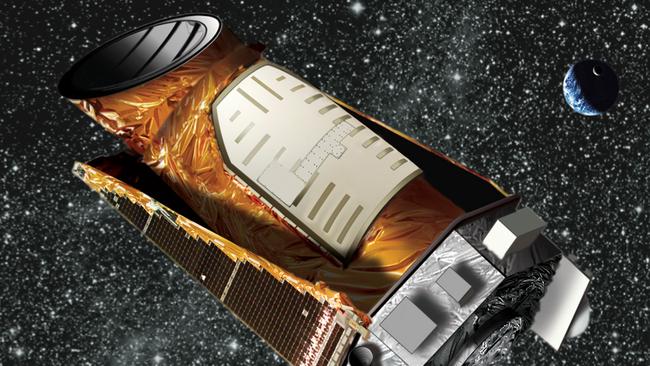NASA’s Kepler Mission discovers more than a thousand new planets
NASA has discovered a huge new trove of planets outside our solar system. Nine of them could be capable of supporting life.

NASA has discovered a huge trove of planets outside our solar system, boosting the chances of us finding another Earth-like world.
In a major announcement on Tuesday, the US space agency revealed it has found 1,284 new planets using the Kepler telescope, more than doubling the number of known exoplanets in the universe. Nine of them could theoretically be habitable.
“This announcement more than doubles the number of confirmed planets from Kepler,” said Ellen Stofan, chief scientist at NASA Headquarters in Washington. “This gives us hope that somewhere out there, around a star much like ours, we can eventually discover another Earth.”
In total, the number of known planets outside our solar system now sits at 3,264.
The unmanned Kepler space observatory, which launched in 2009, has been scanning 150,000 stars for signs of orbiting bodies, particularly those that might be able to support life. The telescope searches for the faint dimming that occurs when an orbiting planet passes in front of one of those stars.
Dr Natalie Batalha said the calculations so far suggested there could be tens of billions of habitable planets in the Milky Way.
“If you ask yourself where is the next habitable planet likely to be, it’s within about 11 light-years, which is very close,” she said during the press teleconference.
Since its launch, Kepler has helped astronomers confirm the existence of more than 1,000 exoplanets, or planets outside our solar system. Astronomers now believe there may be at least one planet orbiting every star in the sky, on average.
Paul Hertz, Astrophysics Division director at NASA Headquarters, said: “Before the Kepler space telescope launched, we did not know whether exoplanets were rare or common in the galaxy. Thanks to Kepler and the research community, we now know there could be more planets than stars.”

NASA said in a statement: “Of the nearly 5,000 total planet candidates found to date, more than 3,200 now have been verified, and 2,325 of these were discovered by Kepler.”
In the newly-validated batch of 1,284 planets, nearly 550 could be rocky planets like Earth, based on their size. More importantly, nine of them are believed to be in their sun’s habitable zone which means they could support liquid water.
“Nine of these orbit in their sun’s habitable zone, which is the distance from a star where orbiting planets can have surface temperatures that allow liquid water to pool,” NASA said.
“With the addition of these nine, 21 exoplanets now are known to be members of this exclusive group.”
During the live teleconference, a space enthusiast asked the panel of experts whether we should be scared of disturbing aliens with all this planet hunting.
“All we’re doing is looking and listening for life beyond Earth. I don’t think that’s a cause for concern yet,” Dr. Hertz responded.
In 2018, Nasa’s Transiting Exoplanet Survey Satellite (TESS) will use the same method to monitor 200,000 bright nearby stars and search for planets, focusing on Earth and Super-Earth-sized.





